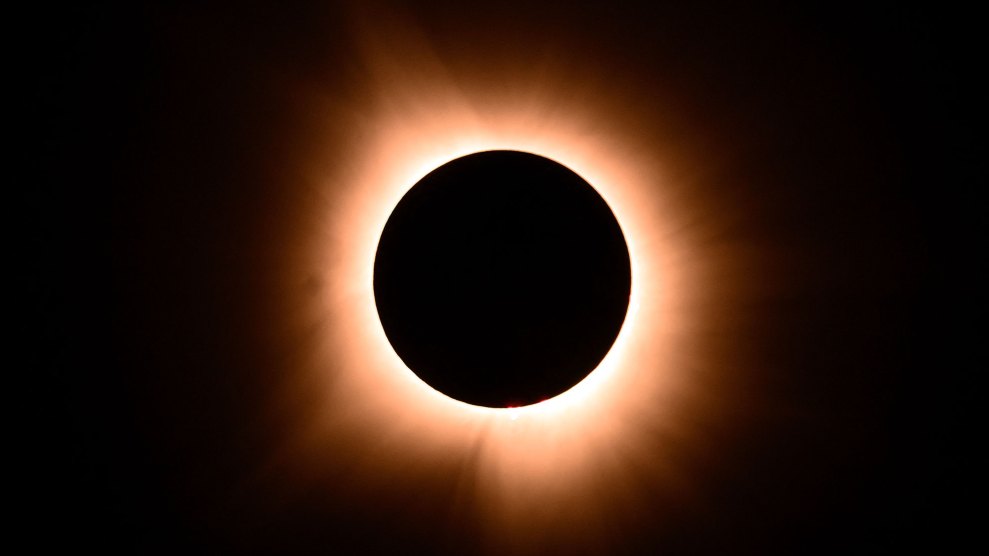Thirteen hundred and fifty feet up the side of Mount Vaea, a low jungle hill overlooking the blue translucence of the Samoan seas, stands one of Western literature’s best-known but least-visited memorials. There, Robert Louis Stevenson is buried beneath flame trees and banyans.
Stevenson arrived in Samoa in 1889, young, thin, and sick. The Samoans quickly came to love him and his bohemian wife Fanny; when he died five years later, local chiefs worked through the night to cut a jungle path up Mount Vaea to his grave. The path is called Ala o le Alofa, the Road of Loving Hearts.
Nearly a century later, the Road of Loving Hearts has been taken over by a group of American businessmen from Arizona. A large billboard announces triumphally that a Restoration Project is underway, one that will ready Stevenson’s tomb and nearby mansion for the centenary anniversary of his death next December.
Critics call the plans vulgar and exploitative. But what, softly spoken, underpins this criticism is quite simply that the men behind the scheme are all Mormons.
The Latter-Day Saints have been working this corner of the South Pacific since 1888. Doctrine handed down from the authorities in Salt Lake City held (and holds) that Samoans are one of the Lost Tribes of Israel, and that they, above most others on earth, should be targets for Mormon rescue and reinstruction. This theory is said to be confirmed by six brief passages in The Book of Mormon that refer to “Islands of the Sea,” the “West Sea,” and “Taking the Course Northwards.” These references represent the sum of the Mormons’ claim to the people of Samoa.
Sadly, science demonstrates that this is all so much bunk. The Mormon revelations, even when fleshed out by enthusiastic modern scholarship, do not stand up to any test except that of blind faith.
Nonetheless, missionaries have converted thirty thousand Western Samoans over the last twenty years. In a recent talk with then-Mission President Clifton Treglown, I suggested that on the face of it the Latter-Day Saints were doing rather well. “We must spend at least a hundred times more here than we earn from tithing,” he told me. “But we think it is worth it. We want everyone on these islands to be a practicing Mormon before too much longer. We want all our chosen people back.”
Before Westerners arrived, Samoa was a pleasantly irreligious place. But the London Missionary Society came in 1830, followed by the Methodists, the Catholics, and the Mormons. The results of their efforts, and those of their lesser brethren (there is even a Baha’i church in Samoa, one of only six on the planet) have been stupefying. God is everywhere in Samoa; all can lay claim to one church or another, to some promise of salvation and eternal life. It is a fair bet that no one in Samoa has the energy to be agnostic, let alone anything worse.
Speaking with the prime minister, a giant of a man named Tofilau Eti Alesana, I asked whether the delights of the island could remain unspoiled. He looked down at the floor and sighed, “You know–I sometimes think there is too much religion in our country.”
Perhaps Robert Louis Stevenson would be less pessimistic. Western Samoa seems to enjoy an uncanny ability first to absorb, and then, in time, to discard those cultures and beliefs it cannot abide. As Stevenson saw it, “Foreigners in these islands know little of the course of native intrigue. Partly the Samoans cannot explain. Partly they will not tell.”














